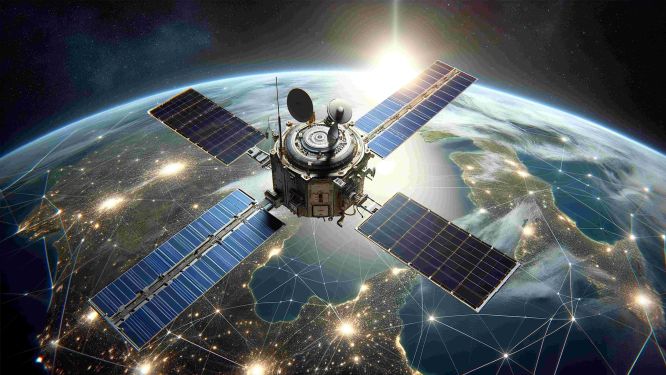Radiation Hardness Test
Radiation hardness tests are generally conducted at beam accelerator facilities.
They are performed to ensure the reliability of electronic equipment used in high-radiation environments such as space, aerospace, military, and nuclear fields.
In space or high-altitude environments, high-energy particles and radiation (protons, electrons, neutrons, gamma rays, etc.) that the Earth’s atmosphere cannot block are present. When these particles collide with semiconductor chips, they can cause the following serious problems:
-
SEU (Single Event Upset)
A phenomenon where a single particle causes a temporary bit flip in memory cells or registers. Simply put, a 0 turns into a 1, or a 1 turns into a 0. This can lead to system malfunction or data errors. -
SEL (Single Event Latch-up)
A single particle causes excessive current to flow in the circuit, which can damage the entire circuit or cause the system to completely halt. This can result in an unrecoverable and critical failure. -
TID (Total Ionizing Dose)
Prolonged radiation exposure leads to the accumulation of ionized traps, gradually degrading the electrical characteristics and performance of the circuit. This negatively impacts device properties, lifetime, and increases the likelihood of other errors (SEU, SEL). -
DD (Displacement Damage)
Although it accumulates over time like TID, DD differs in that it physically alters the atomic structure of the semiconductor. High-energy particles displace atoms inside the semiconductor, usually degrading the device’s performance.
Related Articles
- Korean Radiation Test Facilities
- What is SEE (Single Event Effect)?
- What is TID (Total Ionizing Dose effect)?
- What is LET (Linear Energy Transfer)?
- What is DD (Displacement Damage)?
- Laser Evaluation
- What is a Heavy Ion Beam?
- Photon Energy Transfer Mechanism
- Electron Energy Transfer Mechanism
- Proton and Neutron Energy Transfer Mechanism
- Ion Energy Transfer Mechanism



